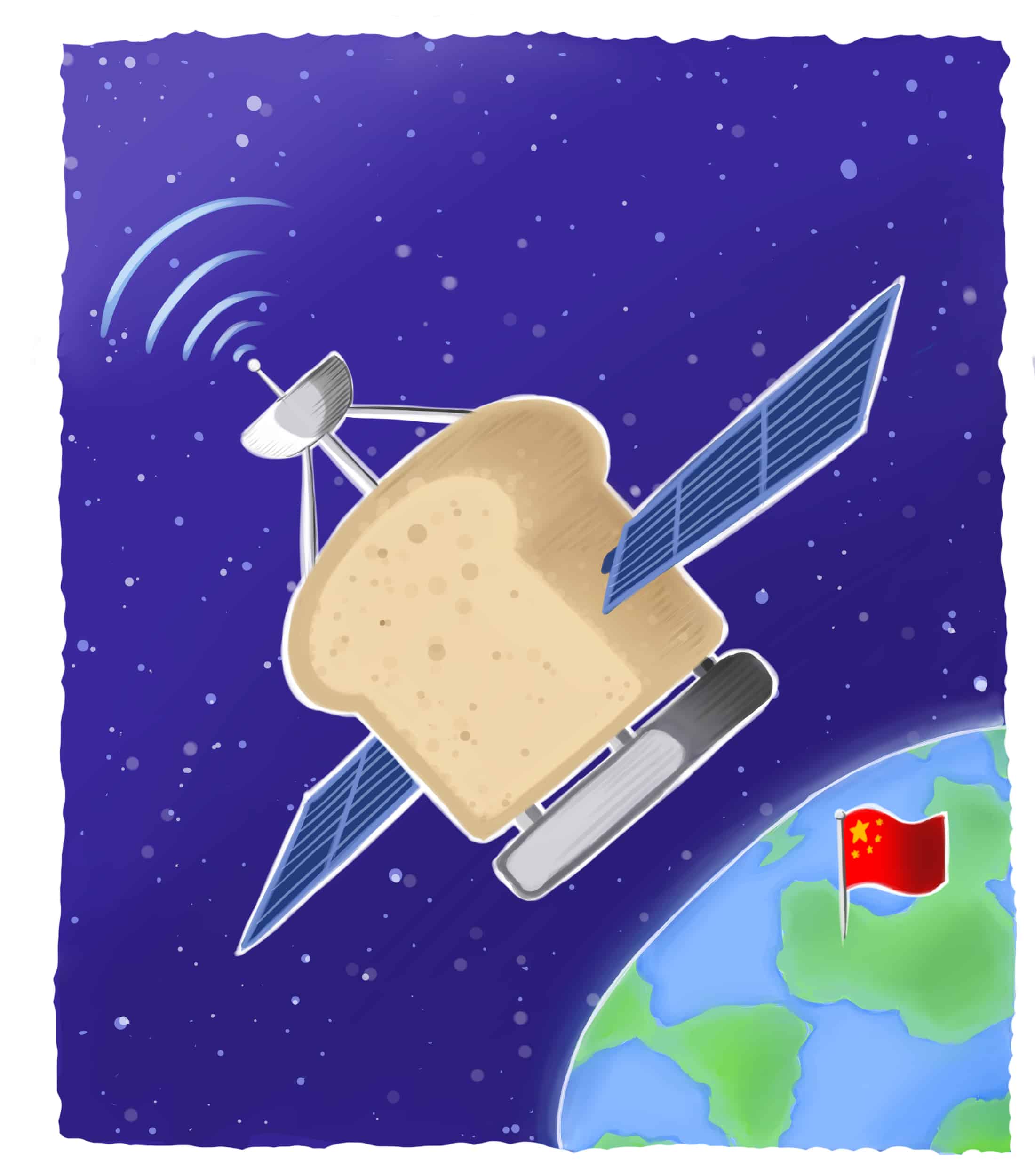Sputnik 1, the first artificial satellite, was pretty small — a sphere 58 centimetres in diameter. Now, in the twenty-first century, we have even smaller ones.
On January 19, U of T startup Kepler Communications launched its first nanosatellite into orbit.
Although not at the nano-scale that biologists and physicists are familiar with, Kepler’s satellites are indeed an order of magnitude smaller than the iconic ones of the preceding century.
Based on the standard ‘CubeSat’ concept developed by California Polytechnic State University and Stanford University professors in 1999, the size of Kepler’s first satellite is comparable to a loaf of bread.
While its size may be small, the technology it houses is not. Inside the satellite is Kepler’s high-capacity software-defined radio (SDR) and antenna. SDRs have the advantage of not being restricted to a fixed bandwidth like traditional satellites. Since bandwidth determines data rates, SDRs can offer services that require different bandwidths — this eliminates the need to launch multiple satellites for multiple services.
Kepler’s SDR in particular operates in the ‘Ku’ range, which includes high frequencies between 10–14 GHz. Higher frequencies require smaller physical components, which not only allow for more bandwidth but also reduce the cost of the satellite.
Their launch this January was on a Long March rocket that took off in northwestern China. “A nice thing about CubeSats is that we are [launching] vehicle agnostic, [meaning] we can be launched aboard a lot of different vehicles, and can [switch] from launch vehicle to launch vehicle based on availability,” wrote Jeff Osborne, Kepler co-founder and Vice-President of Business Development, in an email to The Varsity.
Called ‘piggy-backing,’ satellites the size of Kepler’s are typically secondary payloads on other organizations’ rockets. “Piggy-backing means you are hitching a ride with a bigger satellite,” said Osborne. “When a big satellite is launched, there is excess mass that launch vehicles sell for a fraction of the price, and we buy those tickets.” Upon reaching orbit, the satellite’s deployment is simple: it is literally ejected from the larger spacecraft.
With its first project a success, the future is looking bright for Kepler Communications. “From [here], we want to scale to 20 to 40 spacecraft within the 2018–2019 timeframe, eventually building our way to about 140 [in our] satellite constellation,” said Mina Mitry, Kepler co-founder and CEO, in an interview with U of T News. “We’re putting up new satellites every three years so that we can put up better technology that will improve our network.”
Now in the big leagues, Kepler’s team has not forgotten its roots at U of T. “We have some ongoing collaborative research with UofT researchers on next-gen antenna technology development,” wrote Osborne.
They have also credited their early success partially to the U of T Institute for Aerospace Studies Entrepreneurship Program and the U of T Hatchery, an entrepreneurial and startup program.
School is not just about the classroom. Several members on the Kepler team were originally part of the U of T Aerospace Team (UTAT) inaugural group in 2004. UTAT is now seeking to launch its own satellite into orbit.
What does the UTAT of today think of their starbound forerunners? “Usually I see founders [of] successful companies as ‘those people’, like they were just destined to follow this path.” said Mitchell Au, Electrical Power Systems Lead of UTAT’s Space Systems Division. “But it is quite inspirational to know that this person started as ‘one of us.’”


